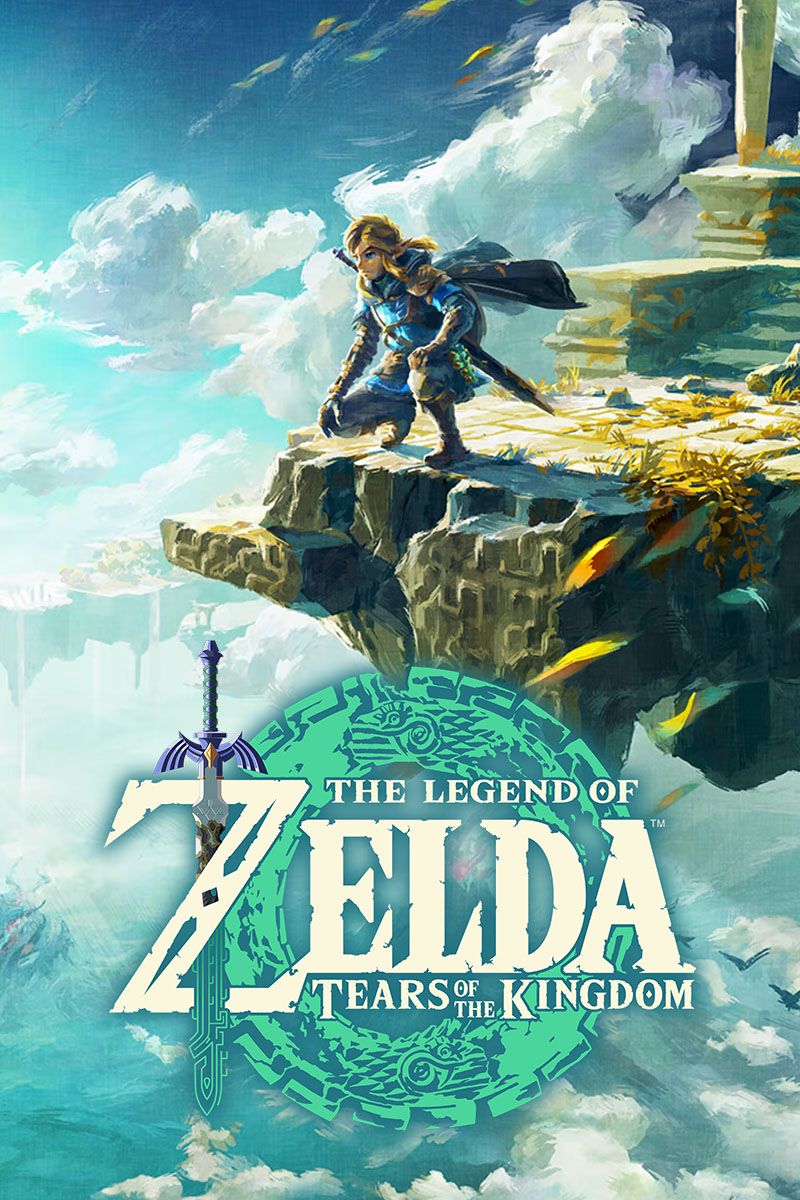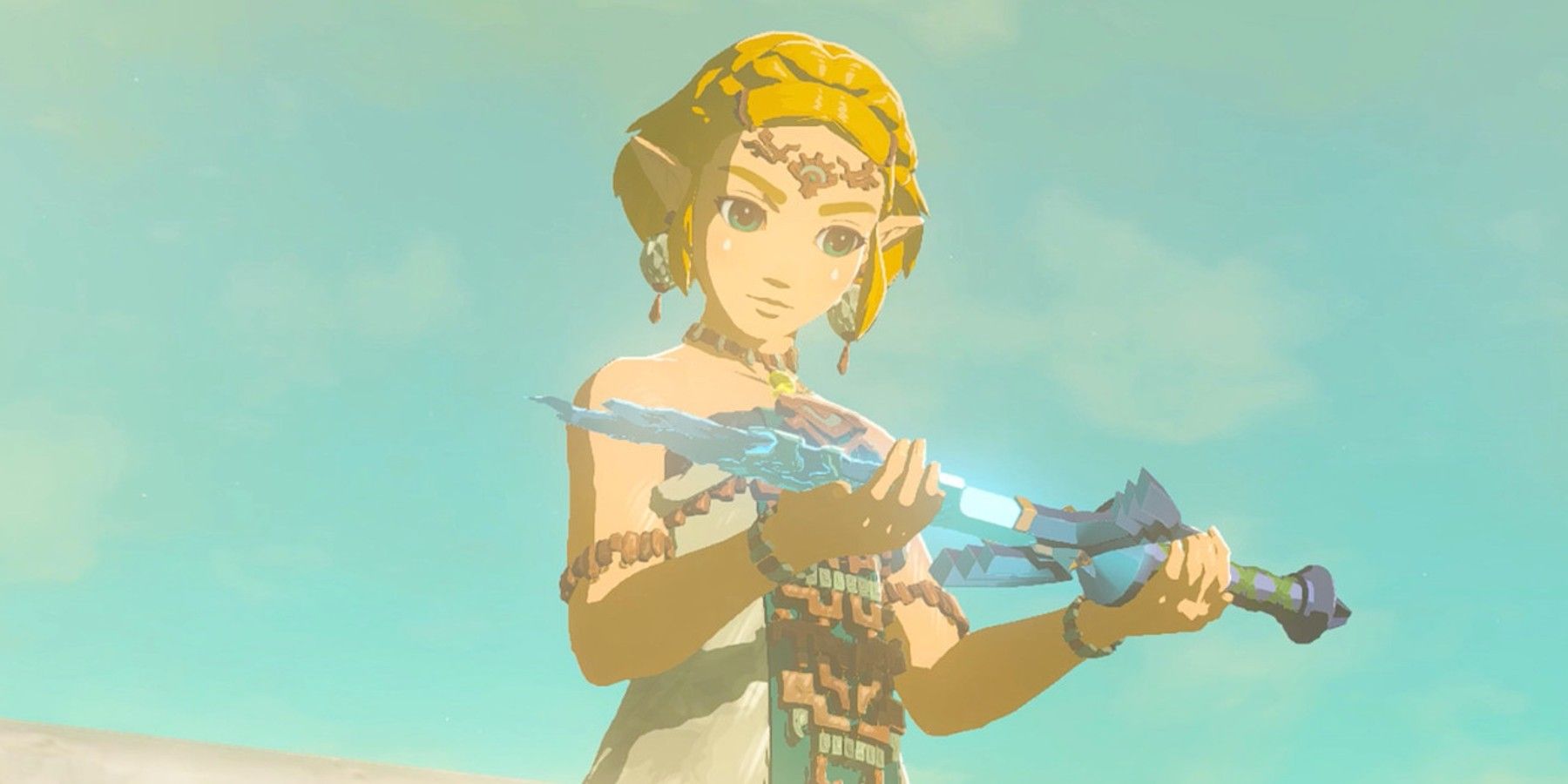Highlights
- The Legend of Zelda’s success is largely due to its consistent innovation, with each game offering new stories and mechanics to captivate players.
- The anthology format allows Zelda to constantly reinvent itself, jumping from dark and brooding to bubbly and colorful tones.
- While Tears of the Kingdom builds on Breath of the Wild, it should be the series’ last direct sequel, with the next Zelda game boldly experimenting with a new tone and style.
The Legend of Zelda is one of gaming’s greatest franchises, hardly ever faltering in terms of cultural relevance and critical reception since its genesis in 1986. There are countless reasons for this, from the series’ captivating tone, simple yet powerful narratives, and, most importantly, meaningful innovation. Having said that, The Legend of Zelda has had one major boon supporting its sustained success: its loose anthology format.
This design approach has allowed Nintendo to always keep creativity at the forefront of Zelda, never sticking to one setting, story, or gameplay gimmick for too long. Zelda has had some direct sequels, though, most notably Majora’sMask and Tears of the Kingdom. But while Majora’s Mask is wildly different from Ocarina of Time, offering a completely disconnected story and totally different structure and pacing, Tears of the Kingdom is a far more linear video game sequel, with a design approach that is more evolutionary than revolutionary, adding rather than transforming.
The Legend of Zelda’s Next Game Needs a Skyward Sword Approach to the Master Sword
Recent Zelda titles have stripped the Master Sword of its relevance, and the next title could remedy this by replicating Skyward Sword’s approach.
Why Tears of the Kingdom Should Be Zelda’s Last Direct Sequel
The Legend of Zelda Has Always Been About Innovation
Nintendo has confirmed that the next Zelda game won’t be a sequel to Tears of the Kingdom, and this can only mean good things for the franchise. Breath of the Wild‘s approach to open-world design was not only unique for the Zelda series, but within the open-world genre as a whole, and this is a significant part of what makes it a special game. With BOTW presenting such a rich, detailed, textured world, there was definitely space for TOTK to keep innovating and iterating, giving players new stories, locations to discover, and mechanics to play around with.
But TOTK also highlights a particular strength of the Zelda series: its ability to innovate and reinvent itself. Though there is certainly a ‘Zelda formula’ that many games try to emulate, the seminal series as a whole is actually remarkably fluid, its developers seemingly never afraid to take risks or abandon popular features. This keeps the franchise a step ahead of the rest of the industry, especially when so many other major developers seem hesitant to mess with perfection, a bearish approach that can lead to stagnation.
Zelda
‘s commitment to innovation is the reason why countless developers, big and small, draw inspiration from titles like
Ocarina of Time
,
Link’s Adventure
, and
Breath of the Wild
. These games establish trends rather than attempt to chase them.
The Quasi-Anthology Format Is Key to Zelda’s Innovation
While franchises with linear, progressive narratives can still innovate, they are necessarily restricted by some key factors. For example, a game like The Last of Us 3 likely won’t change to a pixel art style, as this would fundamentally alter its tone and narrative delivery, which need to stay relatively consistent for the overarching story to be satisfying. But Zelda can have a dark, brooding game like Twilight Princess just a few years after the bubbly and colorful Wind Waker, and both can be considered good, valid Zelda experiences. There isn’t one ‘true’ way to experience Zelda; top-down dungeon-crawlers, open-world adventures, and side-scrollers are all equally viable, and so the series has the freedom to take such radical stylistic, structural, and tonal leaps between releases.
Tears of the Kingdom builds on the foundations set by Breath of the Wild in a number of valuable ways, but it can sometimes feel like an upgraded version of its predecessor rather than a wholly distinct, surprising release in and of itself. The next Zelda game will hopefully reinvent the series once again, continuing its long tradition of experimentation and bold, trailblazing game design, unshackled from the restrictions inherent to being a direct, proper sequel.

The Legend of Zelda: Tears of the Kingdom
The Legend of Zelda: Tears of the Kingdom is the sequel to the beloved open-world adventure, The Legend of Zelda: Breath of the Wild. This installment once again sees Link and Zelda battling to protect Hyrule from falling to Ganondorf. This new adventure takes place in the same land of Hyrule as Breath of the Wild but sees something called the Upheaval, which allows link to travel to Sky Islands, as well as deep into the Depths beneath Hyrule. Players can use special abilities to fuse together weapons, and build items to help them progress through the release.
- Released
- May 12, 2023
- Developer(s)
- Nintendo
- Publisher(s)
- Nintendo
- Genre(s)
- Adventure
- ESRB
- Rated E for Everyone 10+ for Fantasy Violence and Mild Suggestive Themes
- How Long To Beat
- 59 Hours
- Metascore
- 96

